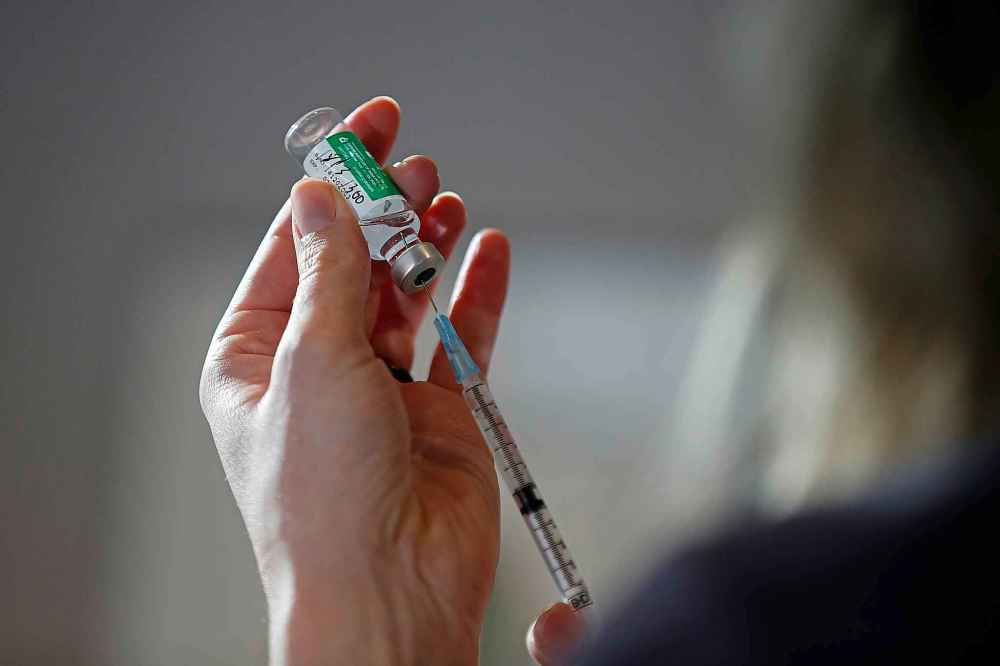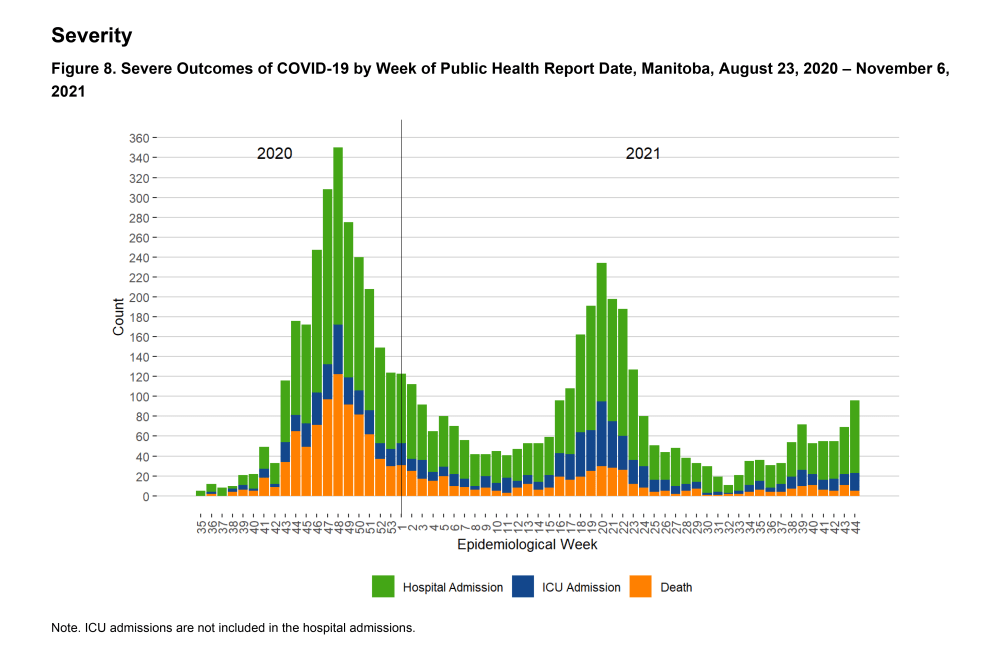The indisputable proof that vaccines work
Read this article for free:
or
Already have an account? Log in here »
To continue reading, please subscribe:
Monthly Digital Subscription
$0 for the first 4 weeks*
- Enjoy unlimited reading on winnipegfreepress.com
- Read the E-Edition, our digital replica newspaper
- Access News Break, our award-winning app
- Play interactive puzzles
*No charge for 4 weeks then price increases to the regular rate of $19.00 plus GST every four weeks. Offer available to new and qualified returning subscribers only. Cancel any time.
Monthly Digital Subscription
$4.75/week*
- Enjoy unlimited reading on winnipegfreepress.com
- Read the E-Edition, our digital replica newspaper
- Access News Break, our award-winning app
- Play interactive puzzles
*Billed as $19 plus GST every four weeks. Cancel any time.
To continue reading, please subscribe:
Add Free Press access to your Brandon Sun subscription for only an additional
$1 for the first 4 weeks*
*Your next subscription payment will increase by $1.00 and you will be charged $16.99 plus GST for four weeks. After four weeks, your payment will increase to $23.99 plus GST every four weeks.
Read unlimited articles for free today:
or
Already have an account? Log in here »
Hey there, time traveller!
This article was published 19/11/2021 (1480 days ago), so information in it may no longer be current.
If there is one statistical illustration that should be sent to every home, business, and school across the province to highlight the power of COVID-19 vaccines, it’s a graph Manitoba Health posts online that shows there has been a dramatic decline in severe outcomes since the second wave of the pandemic.
Public health officials should deliver it to every mailbox and electronic inbox they can find, and plaster it on bulletin boards and billboards all over the province.
It’s a colour-coded graph that shows weekly data on COVID-19 hospitalizations, ICU admissions and deaths from August 2020 to today. It’s probably the clearest illustration there is about how COVID-19 vaccines have substantially reduced severe illness and saved lives.
It’s easy to get lost in the data and lose sight of the real objective in the fight against COVID-19: to reduce severe outcomes.
Manitobans have been bombarded with statistics, pie charts, and bar graphs, which show everything from COVID-19 case counts and test positivity rates to vaccine uptake by age, gender and region. There are statistics on outbreaks in schools and personal care homes, and data that breaks down the percentage of vaccinated and unvaccinated hospitalizations and ICU admissions.
It’s easy to get lost in the data and lose sight of the real objective in the fight against COVID-19: to reduce severe outcomes. We’re not going to eradicate the disease any time soon and a minority of fully vaccinated people will continue to fall ill. The greater the vaccine uptake, the fewer fatalities and hospitalizations. The evidence of that in this graph is indisputable.
During the peak week of the second wave in November 2020 (when no one was vaccinated), the combined number of deaths, non-ICU hospitalizations and ICU admissions hit 350, the graph shows. That was about six weeks after the Thanksgiving weekend and less than a month before the province began its vaccine rollout.
There were 466 COVID-19 deaths, 1,039 non-ICU hospitalizations and 192 ICU admissions during the worst six weeks of the second wave.
When the third wave hit in mid-May, about 50 per cent of Manitobans over the age of 12 were fully vaccinated. Coverage wasn’t high enough to avoid a collapse of our hospital system, especially with the more contagious alpha variant sweeping through the province. However, compared with the second wave, severe outcomes were way down. The peak number of weekly deaths, non-ICU hospitalizations, and ICU admissions was 235, well below the high of 350 in November. ICU admissions were higher in the third wave, but overall hospitalizations were down. The number of deaths fell dramatically.
By the time the fourth wave began in late August, about 75 per cent of eligible Manitobans were fully vaccinated. The combined number of weekly deaths and hospitalizations dropped by more than half compared with the third wave. The number of deaths is a fraction of what it was a year ago (most of those are among the unvaccinated).
There are also far fewer public health restrictions in place today than a year ago, when businesses were shuttered and physical interaction was severely curtailed to reduce transmission. Life has returned to near-normal for most Manitobans, even with the more contagious delta variant in circulation. The main difference: 85 per cent of eligible Manitobans are now fully vaccinated. If it were because of natural immunity, as some argue, we wouldn’t see the disproportionate number of unvaccinated deaths and hospitalizations.
Challenges remain, especially in some pockets of the province with low vaccine coverage. But even in those areas, evidence that vaccines reduce severe illness and death is starting to sink in.
Challenges remain, especially in some pockets of the province with low vaccine coverage. But even in those areas, evidence that vaccines reduce severe illness and death is starting to sink in. Vaccine rates in the Southern Health region, which has the lowest uptake in the province, have increased to 69 per cent from 64 per cent over the past two months.
Once most eligible children under 12 are fully vaccinated (Health Canada on Friday approved vaccines for kids aged 5 to 11) and more people receive their booster shots, severe outcomes will fall further.
The science on that is clear. We now have a full year of real-life data from Manitoba to prove it.
tom.brodbeck@freepress.mb.ca


Tom has been covering Manitoba politics since the early 1990s and joined the Winnipeg Free Press news team in 2019.
Our newsroom depends on a growing audience of readers to power our journalism. If you are not a paid reader, please consider becoming a subscriber.
Our newsroom depends on its audience of readers to power our journalism. Thank you for your support.









